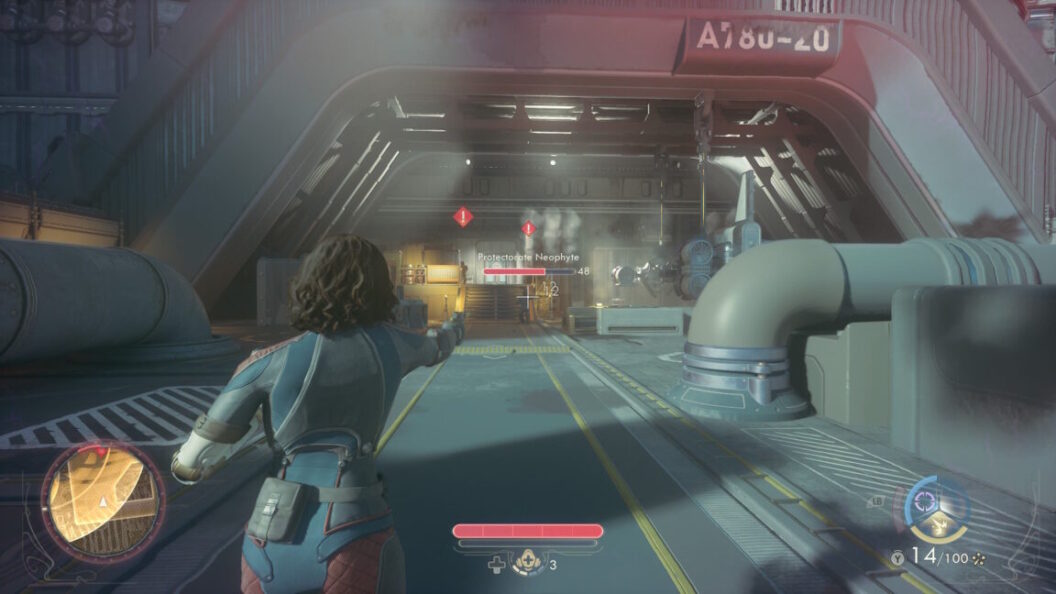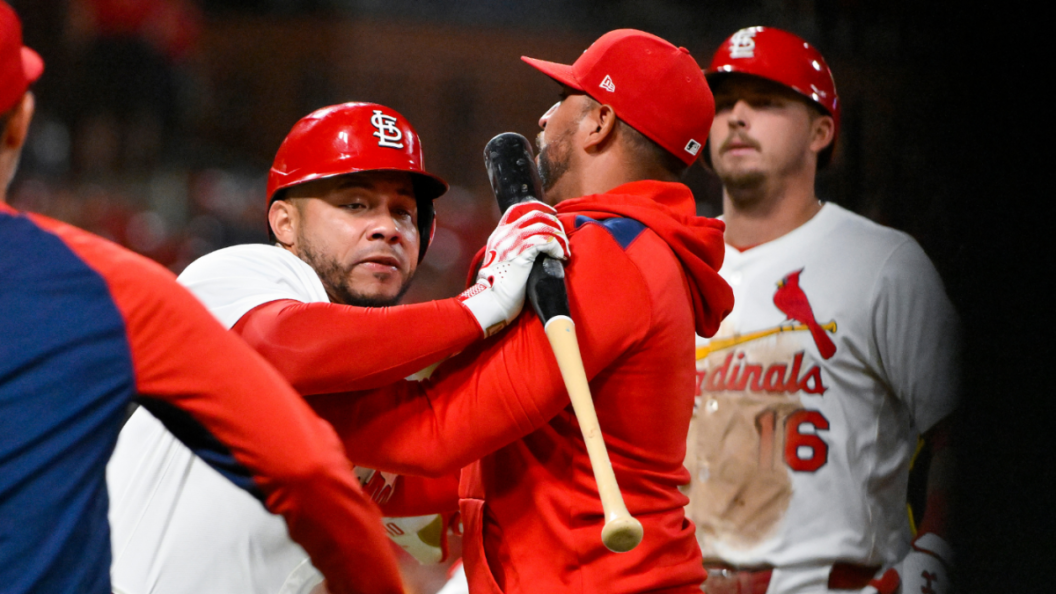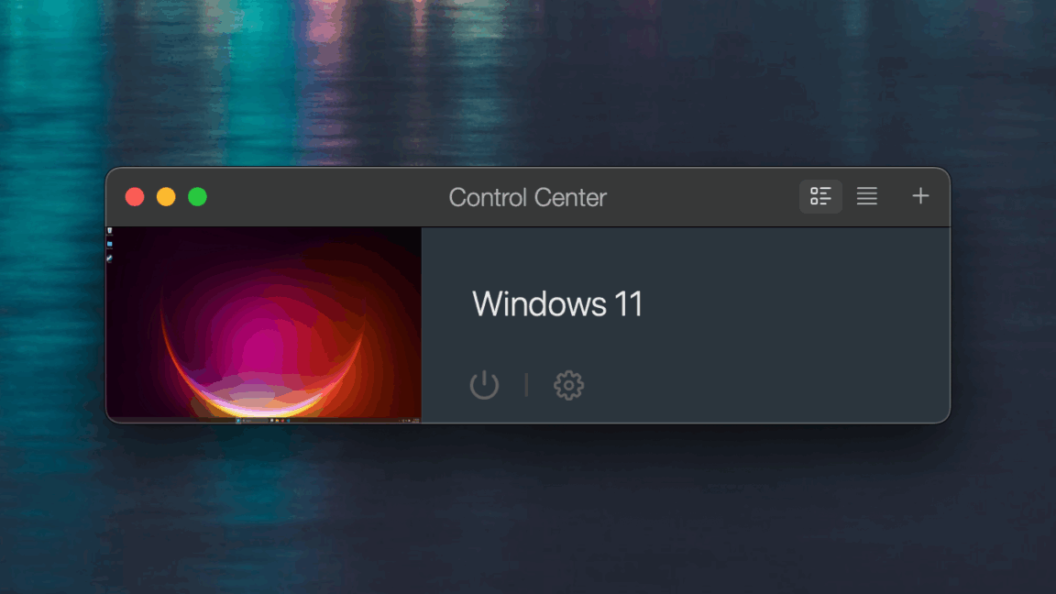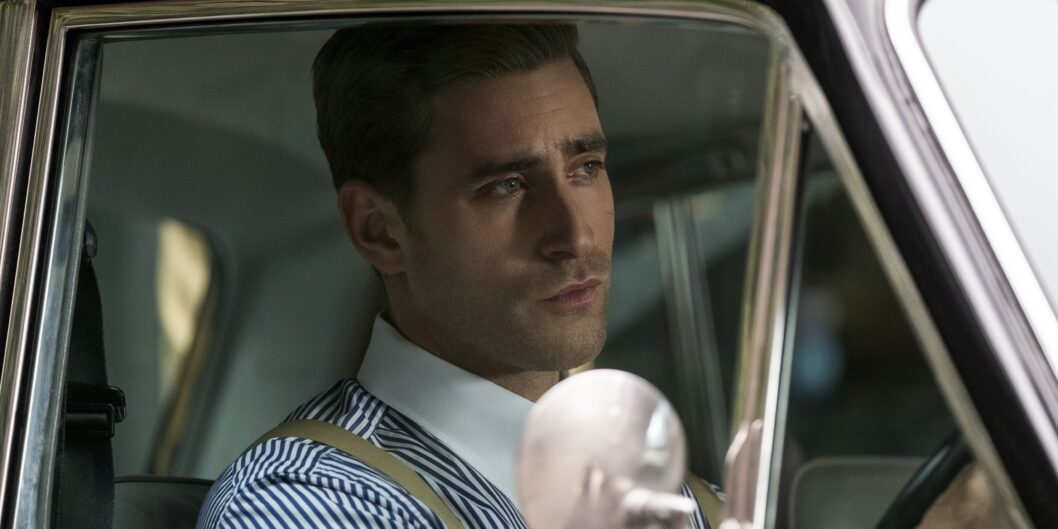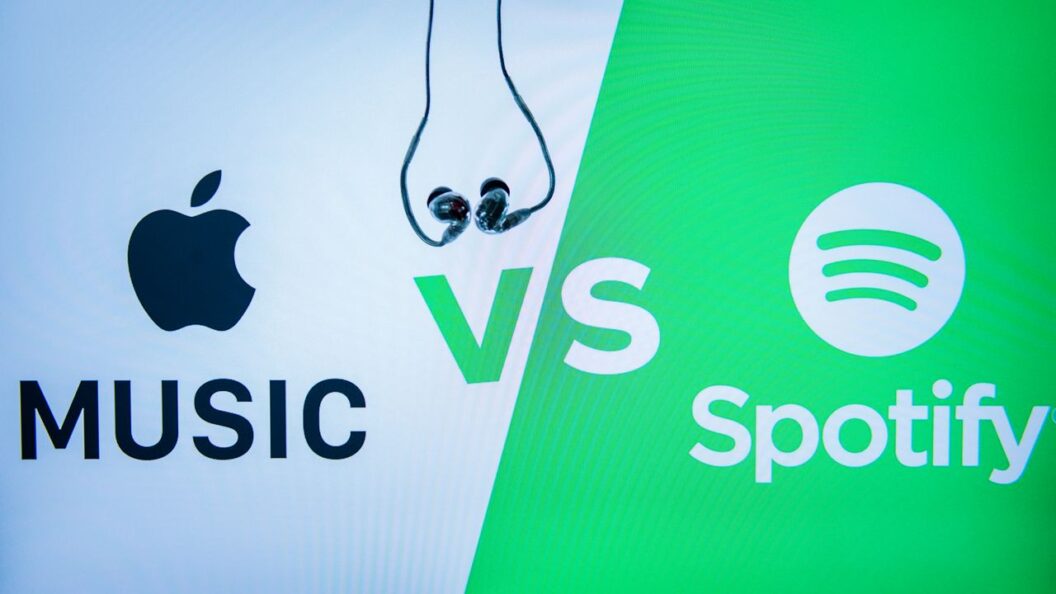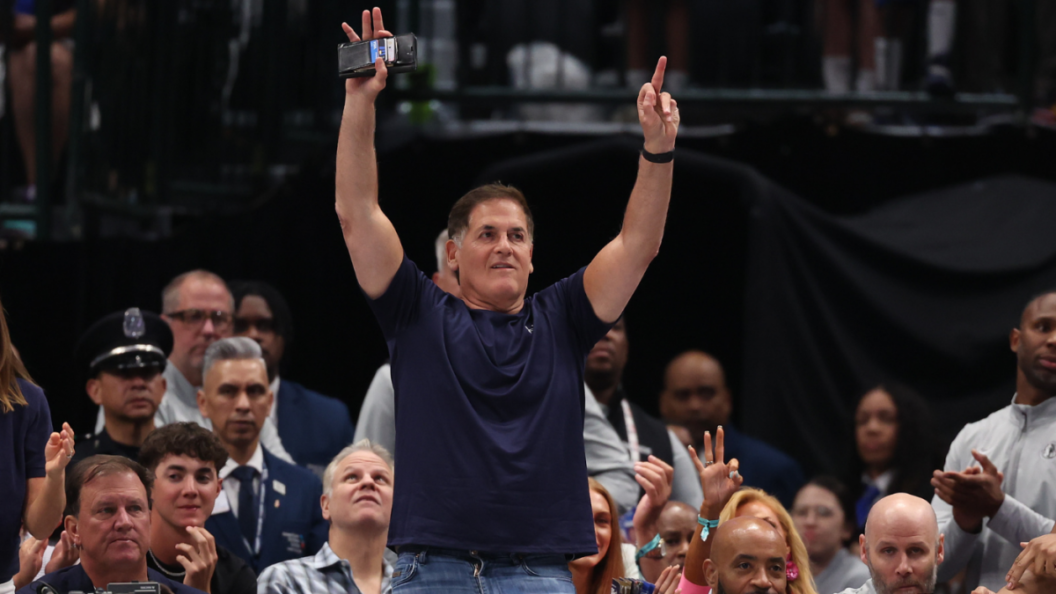USMNT Prepares for September Friendlies Amid Champions League Qualifiers
As the UEFA Champions League qualification rounds culminate, the U.S. men’s national soccer team (USMNT) is gearing up for an important international break this September. This marks a pivotal time for both club and national teams as preparations intensify for the upcoming 2026 World Cup.
USMNT Player Pool Expansion
Head coach Mauricio Pochettino has announced a roster that emphasizes the integration of emerging talents. In a bid to expand the player pool, he has opted for a selection of relatively inexperienced players for friendly matches against South Korea and Japan. Pochettino describes this as a crucial opportunity to test new faces, highlighting that there are fewer than 300 days remaining until the World Cup.
Pochettino stated, “For me, all the players are important. The individual situations are important… now is a chance for different players like Sebastian Berhalter or Luca de la Torre." The upcoming matches are vital for assessing talent and developing a balanced squad ahead of the World Cup.
Roster Overview
The current roster is notable for its blend of youth and experience:
- Goalkeepers: Roman Celentano (FC Cincinnati), Matt Freese (New York City FC), Jonathan Klinsmann (Cesena)
- Defenders: Max Arfsten (Columbus Crew), Noahkai Banks (FC Augsburg), Tristan Blackmon (Vancouver Whitecaps), Sergino Dest (PSV Eindhoven), Alex Freeman (Orlando City), Nathan Harriel (Philadelphia Union), Tim Ream (Charlotte FC), Chris Richards (Crystal Palace)
- Midfielders: Tyler Adams (Bournemouth), Sebastian Berhalter (Vancouver Whitecaps), Luca de la Torre (San Diego FC), Diego Luna (Real Salt Lake), Jack McGlynn (Houston Dynamo), Sean Zawadzki (Columbus Crew)
- Forwards: Damion Downs (Southampton), Christian Pulisic (AC Milan), Josh Sargent (Norwich City), Tim Weah (Marseille), Alex Zendejas (Club America)
Only seven players in this squad have over 30 caps, and several, including Christian Pulisic, are making notable comebacks after absences due to various reasons. Weston McKennie, another key player, was not included, which Pochettino attributes to the spirit of expanding the player pool.
Upcoming Matches
The USMNT will gather in New Jersey before facing South Korea on September 6 at Sports Illustrated Stadium, followed by a match against Japan three days later at Columbus’ Lower.com Field.
Champions League Qualifying Nears Conclusion
Meanwhile, the final round of UEFA Champions League qualification is set to conclude with key matches on Wednesday. Eight teams are in contention for the last four spots before Thursday’s league phase draw in Monaco.
Highlights from the first legs include:
- Ferencvaros 1, Qarabag 3
- Rangers 1, Club Brugge 3
- Fenerbahce 0, Benfica 0
- Basel 1, Copenhagen 1
This round is critical, especially following a dramatic Tuesday where three teams, including Bodo/Glimt, Pafos FC, and Kairat, advanced to the Champions League for the first time, illustrating the dynamic shifts in European club soccer.
Mourinho’s Return to Benfica
A compelling subplot unfolds as Jose Mourinho returns to Benfica to face his former club after a scoreless first leg against Fenerbahce. He acknowledged the advantages that Benfica possesses, stating, “They’re a good team. I’m not here to sugarcoat things… My goal is to win."
Significance of These Developments
As the USMNT works towards establishing a robust team for the World Cup, the blend of youth and experience could play a crucial role in their performance. On the European front, the conclusion of Champions League qualifiers sets the stage for an electrifying tournament season ahead.
Both events serve as critical touchpoints for teams, their players, and the fan experience as they look forward to success on both national and club levels in the coming year. The outcomes of these friendlies and qualifying matches will resonate far beyond the immediate results, shaping strategies and player selections moving forward.




